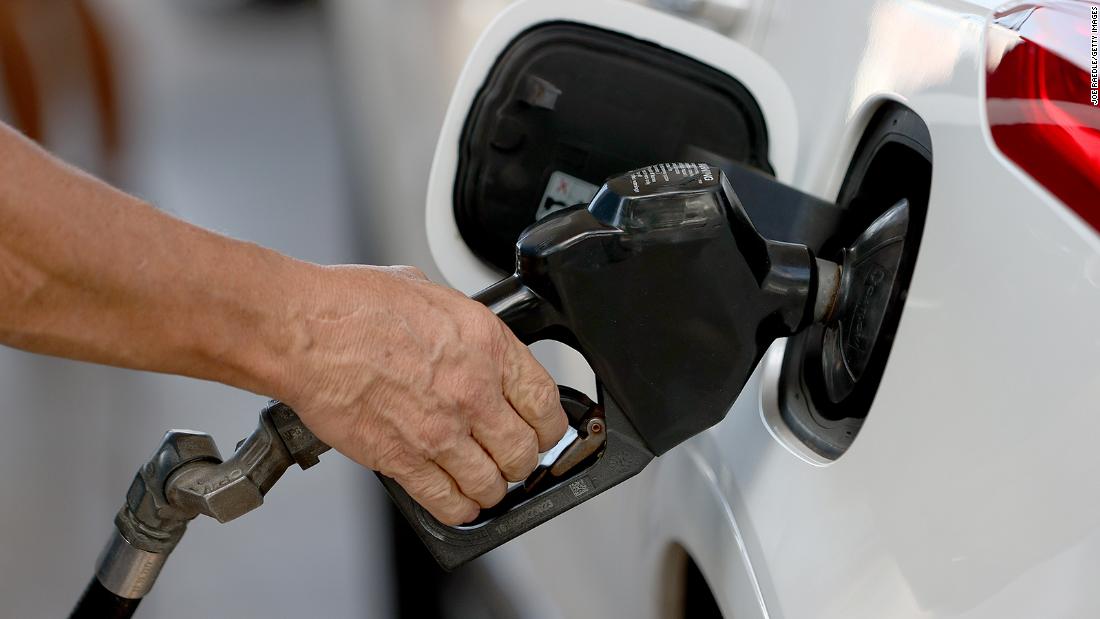Analysis: Reasons for optimism: Omicron, gas prices and inflation
It’s worth taking a day to chart some progress with these areas that could be in the offing.
Gas prices. Most Americans have encountered rising prices at the pump. Skyrocketing oil prices have helped drive US inflation, eating into wage gains many Americans would otherwise be enjoying.
The news that gas prices have stabilized and are now dipping could be evidence that inflation may actually be temporary, like many economists have guessed.
The national average price for gas hit a seven-week low of $3.35 per gallon on Tuesday, which is still high and well above prices a year ago, but down from recent heights. Natural gas prices have also fallen.
“Energy sticker shock has been one of the biggest drivers behind the 31-year high in inflation,” according to CNN’s Matt Egan. “Cooling energy prices, if they last, could take significant inflationary pressure off the US economy and inspire confidence among bummed-out consumers.”
Omicron variant may not be as dangerous. Some of the worst fears about the Omicron variant may not be coming to pass.
People who received two initial doses of the Pfizer/BioNTech vaccine and subsequent booster shots should have sufficient protection against Omicron, according to a report on laboratory data released by the companies.
Most vaccinated Americans have not yet received their boosters, but there’s evidence of an uptick in vaccinations.
Dr. Anthony Fauci, director of the National Institute of Allergy and Infectious Diseases, was in an optimistic mood about Omicron when he appeared Wednesday on CNN.
“You said this is good news. Are you breathing a little easier this morning with this news?” CNN’s Kate Bolduan asked Fauci.
“Quite frankly, I am, Kate,” he said. “When you’re entering into an arena of a new variant with very many unknown aspects about it, you always have a degree of anxiety about how it’s going to turn out.”
He said he still wants to know more about Omicron, in particular about its transmissibility and severity.
But the early indication from South Africa, where Omicron was first identified and is much more prevalent, is that the new variant is less severe than Delta.
To be sure, Covid-19 — and specifically the Delta variant — is still a massive health emergency. Cases are rising going into the winter and more than 1,000 American lives are lost every day. The Covid-19 death toll in the US is likely to hit 800,000 before Christmas.
But it would be undeniably good news for Omicron to be less dangerous than once feared.
It might not be felt until next year, but the improvement is coming.
It remains difficult for employers to find workers, but the confidence of people to pick up and look elsewhere suggests workers are seizing new power to seek higher wages and improved quality of life.
These positive developments, however, haven’t yet trickled out to the public at large.
Compared with May 2019, more Americans now say it is difficult to afford their grocery bills (42% say so now vs. 30% then), even as the share saying they are having difficulty affording housing or health care has held steady or shifted by a far smaller amount.
![]()


